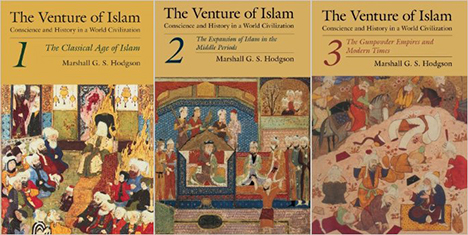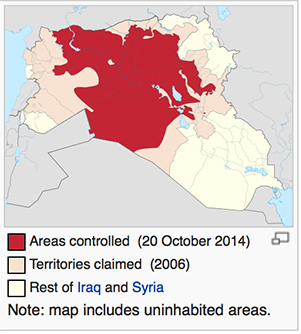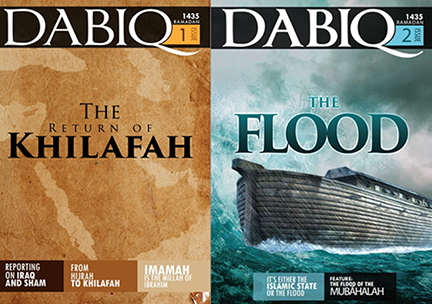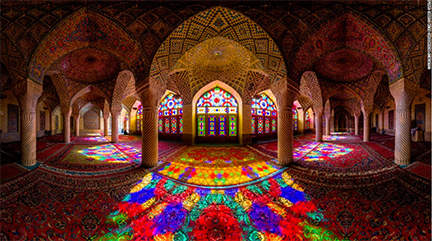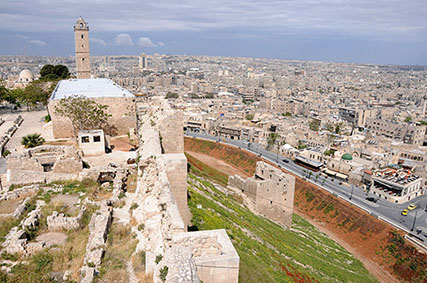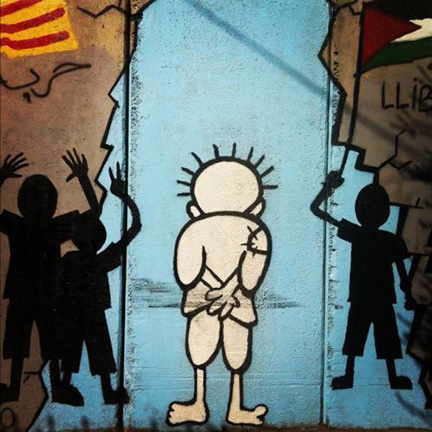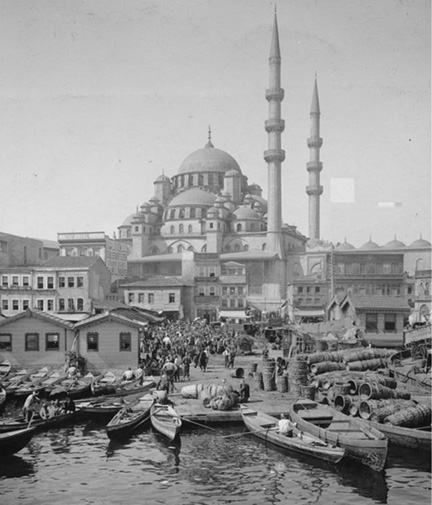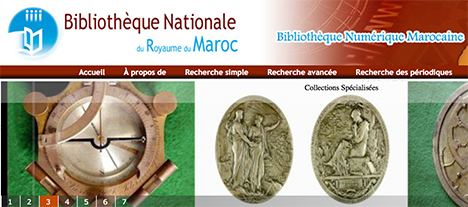
These articles are freely available until 31 January 2015 on the Brill Website.
Islamic Law in the Modern World
Author: Aharon Layish
Islamic Law and Society, (Volume 21, No. 3, pp. 276-307)
An Epistemic Shift in Islamic Law
Author: Aria Nakissa
Islamic Law and Society, (Volume 21, No. 3, pp. 209-251)
Reconstructing Archival Practices in Abbasid Baghdad
Author: Maaike van Berkel
Journal of Abbasid Studies, (Volume 1, No. 1, pp. 7-22)
The Early Ḥanafiyya and Kufa
Author: Christopher Melchert
Journal of Abbasid Studies, (Volume 1, No. 1, pp. 23-45)
